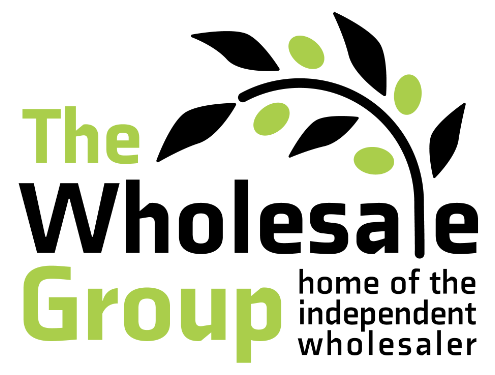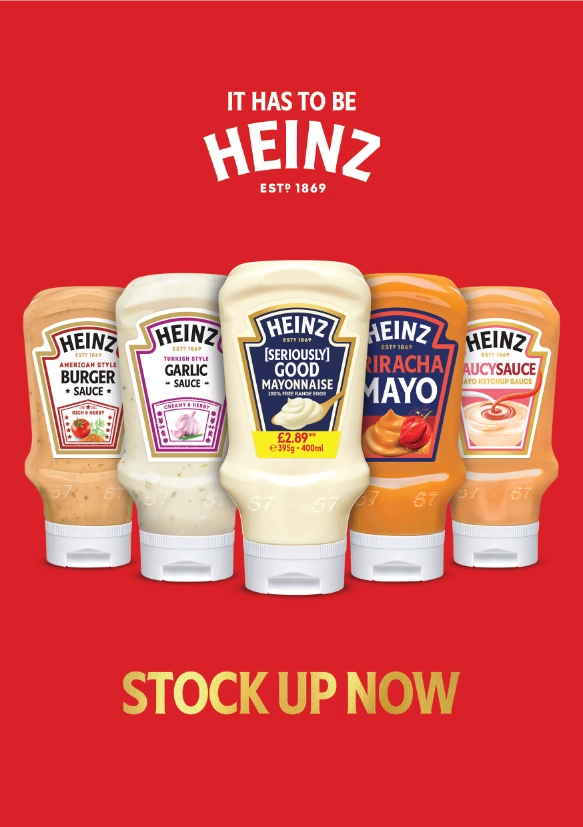In today’s fast-paced retail environment, where customers expect quick access to fresh and ready-to-eat products, food safety has never been more important. For convenience stores and retailers, maintaining high standards of hygiene, labelling, and traceability isn’t just about compliance, it’s about protecting public health, building consumer trust, and preserving brand reputation.
Many of the obligations to customers regarding food safety and hygiene are contained in the Food Safety Act 1990 and the Food Safety and Hygiene Regulations 2013.
A stark reminder of the consequences of inadequate food labelling came with the tragic story of Natasha Ednan-Laperouse, who suffered a fatal allergic reaction in 2016 after consuming a sandwich that didn’t list sesame seeds as an ingredient. In response, Natasha’s Law came into effect in the UK on October 1, 2021, requiring all food businesses to provide full ingredient and allergen labelling on prepacked for direct sale (PPDS) foods.
This legislation marked a turning point for the retail food sector. It reinforced that clear, accurate labelling isn’t just a box-ticking exercise. For convenience retailers in particular, where prepacked snacks, sandwiches, and ready meals are staples, understanding and implementing Natasha’s Law is critical to ensuring both legal compliance and customer safety.
The Association of Convenience Stores (ACS) published a guide to help retailers understand exactly what needs to be done to comply with food safety. Some of the key takeaways are below:
- The food you sold must be safe for consumers to eat.
- Allergenic ingredients must be listed for customers to see.
- You need to have a ‘documented food and safety management system’ in place to ensure that your business complies with procedures in place.
- Your staff must be trained on how to comply with the law.
- Your business must be registered with your local council environmental health office before it can sell food.
Safe storage and display
It is important to handle and store food properly to stop harmful bacteria growing. When food is being stored or displayed for sale, cross contamination and multiplication of harmful bacteria can be minimised by the following safe handling practices:
- Chilled food must be stored at or below 8°C.
- Stock should be rotated on a first-in-first-out basis and damaged stock removed from display and moved to the storage area.
- Food must not be used or sold if its ‘use by’ date has expired.
- Use separate refrigerators for raw meat/fish and cooked/ready-to-eat foods where possible. Where this is not possible, store raw meat in the bottom of a shared refrigerator below the cooked/ready-to-eat foods.
- Raw meat, stored in freezers, must be adequately wrapped to prevent leakage. If possible, raw meat should be stored in a separate freezer, or part of a freezer, away from cooked/ready-to-eat foods.
- If there is a spillage, remove the damaged product and clean the contaminated area with hot and cold soapy water and a food safe disinfectant. Follow the manufacturer’s instructions on contact time to ensure an effective clean.
- Refer to your food safety management system for further information, for example in the Safer Food Better Business Pack, safe method Chilled Storage and Displaying Chilled Food.

Allergenic Ingredients
You must protect those customers that suffer from allergic reactions, primarily the 14 allergens covered by the law.
If you are sourcing food from suppliers, the suppliers of these foods are responsible for putting the required information on the package.
Natasha’s Law
If you are preparing food yourself to sell in the store (e.g sandwiches) and are pre-packing it to offer it for sale (PPDS), then you must put a label on it showing the name of the food and an ingredients list including allergenic ingredients. The allergenic ingredients within the food must be emphasised every time they appear in the ingredients list, eg by underlining, use of bold or contrasting colour.
Food Safety and Hygiene
You must review your store closely to find any food safety and hygiene risks. This could be ensuring food is stored correctly (chilled and hot) or practicing good hygiene for your employees.
Record Keeping
You have to maintain a documented food safety management system. The purpose of these documents is to outline all of the food hazards present in the business, and how they are controlled. The checks that you carry out in your business will demonstrate that the controls identified are working properly.
Records include:
- Staff training certificates
- Temperature control checks
- Daily stock rotation checks
- Cleaning records
- Pest control records
- Documented food safety management system

Food Hygiene Rating Scheme
Environmental Health Officers will inspect your premises and ‘score’ it according to food hygiene compliance. These scores are translated into a food hygiene rating score (with zero being the lowest and 5 being the highest score). You can expect to be notified of your food hygiene rating score within 14 days of the inspection and a sticker will be provided for you to display in your window.
Click here to read and download the full guide.





